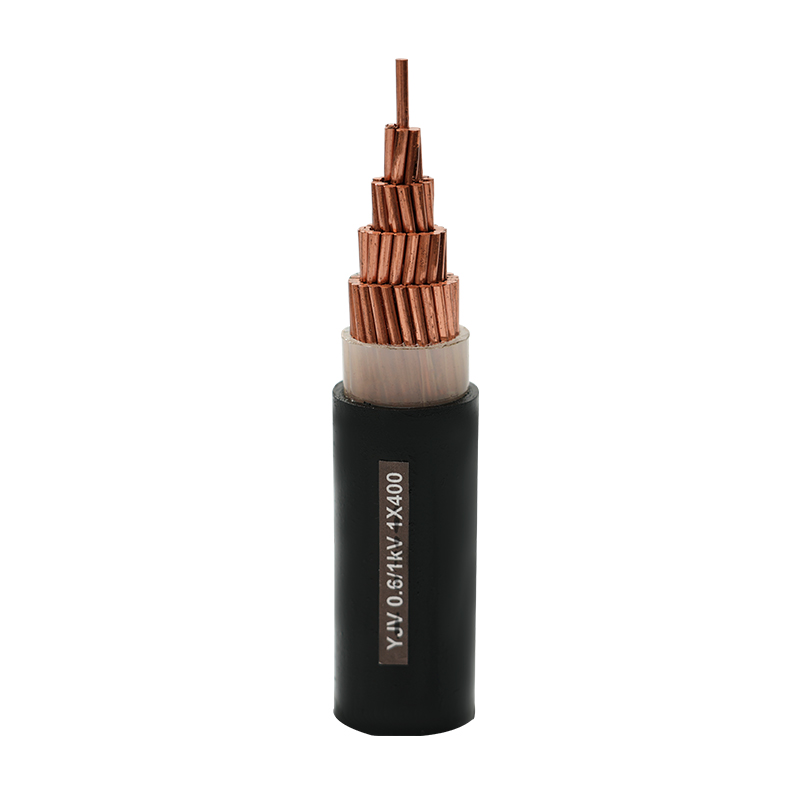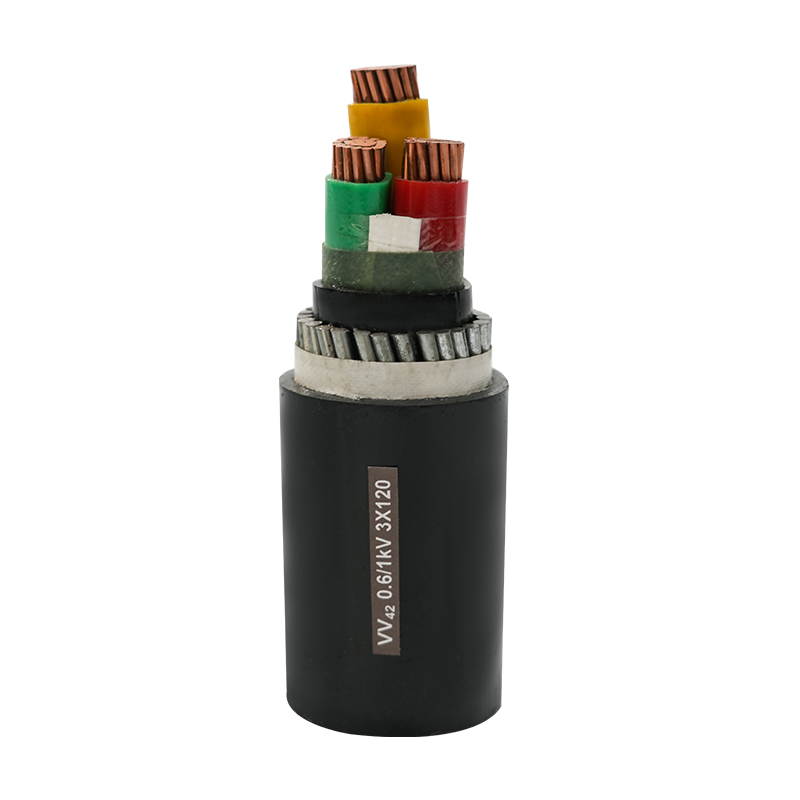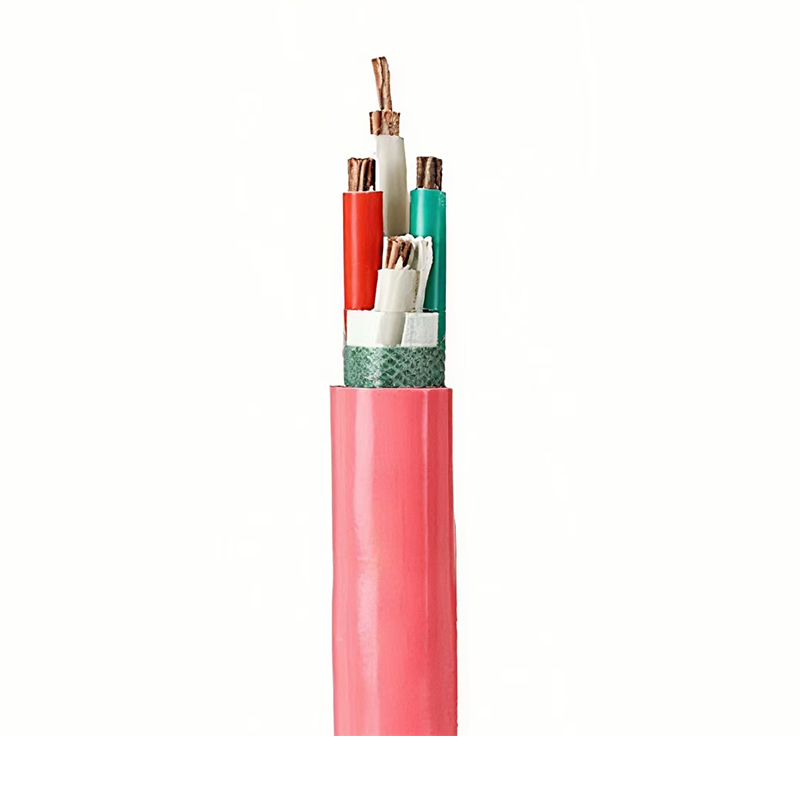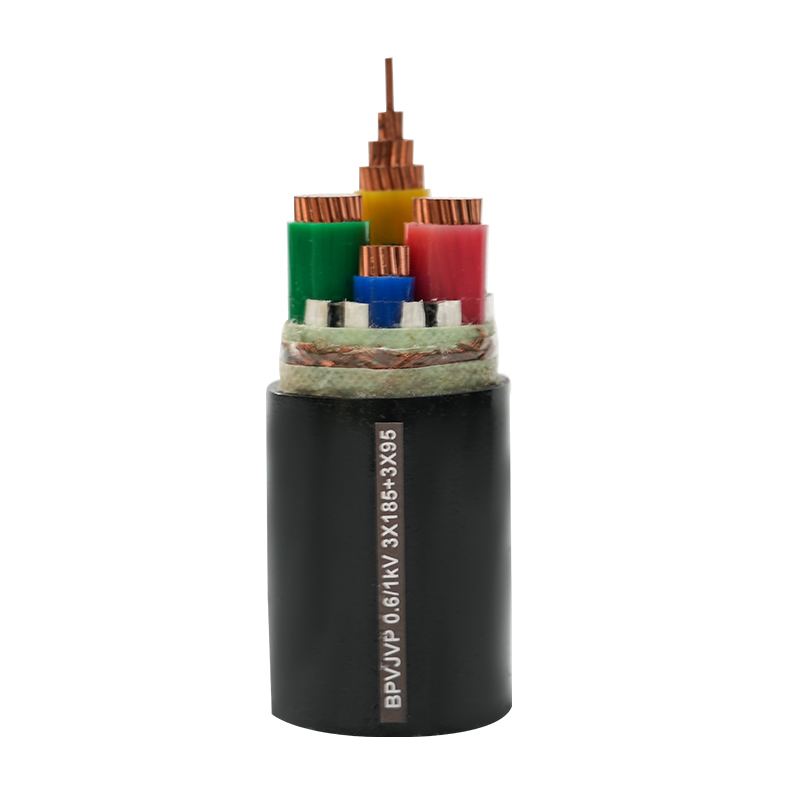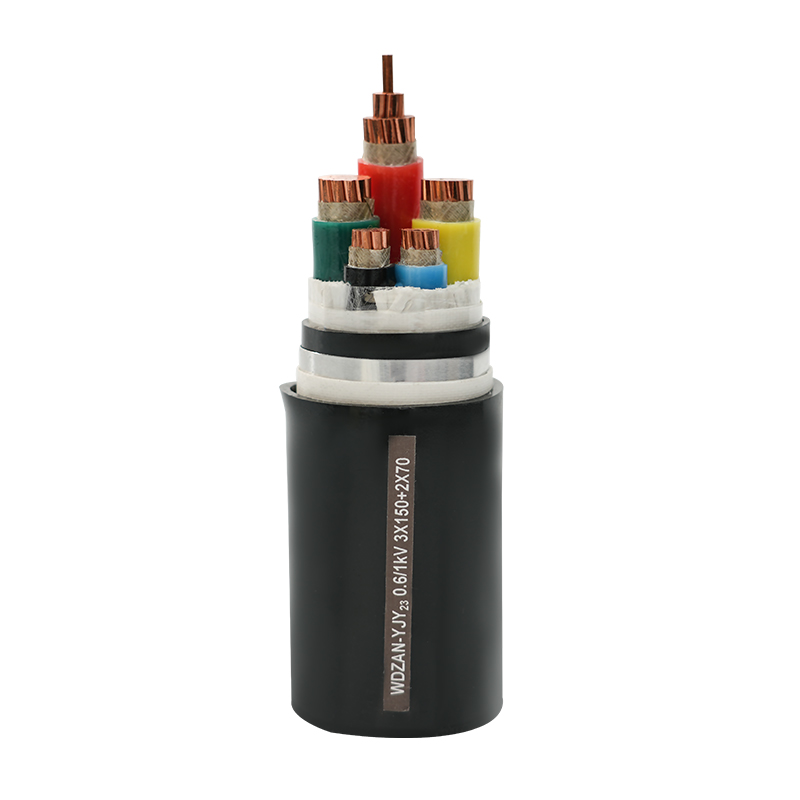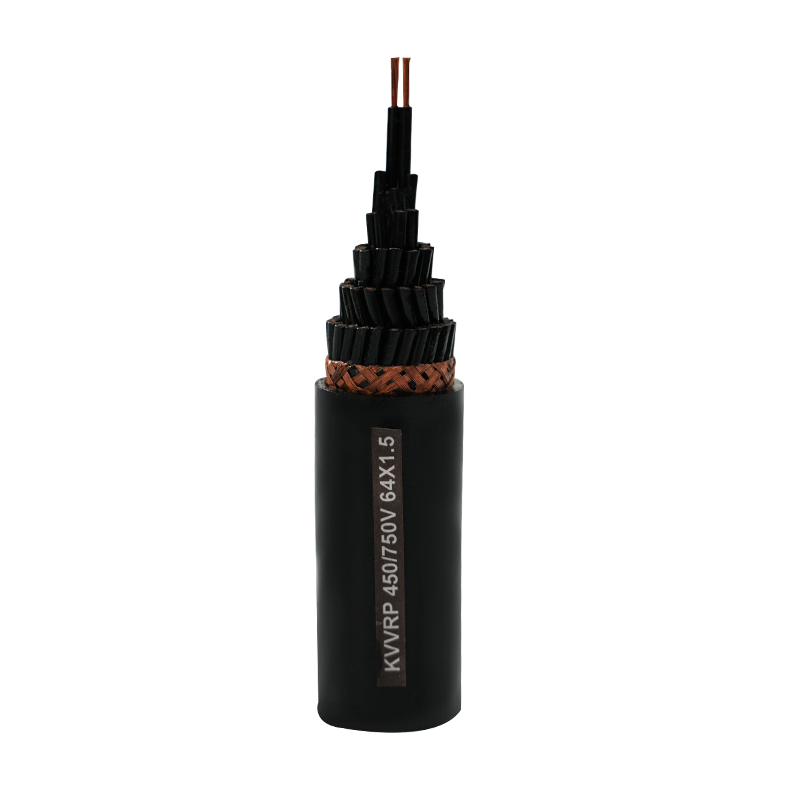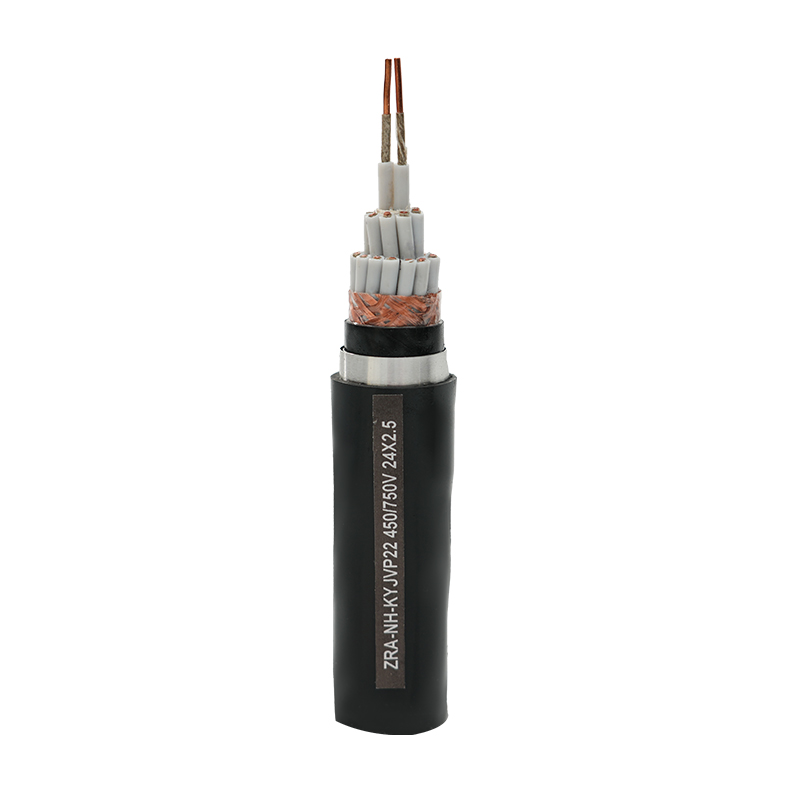What is Multi-core Flexible Control Cable?
The Multi-core flexible control cable is a cable consisting of multiple independent conductors wrapped in flexible outer sheath for extremely high operability and durability. Their multi-core design allows multiple signals or currents to be transmitted simultaneously, which makes them particularly good in scenarios where multitasking is required.
These cables are usually made of high-quality copper wire and are insulated with high-performance materials to ensure their stability and reliability in harsh environments. Flexibility is one of its major features, allowing it to easily adapt to complex wiring needs and tight installation spaces.
The main applications of Multi-core Flexible Control Cable
1. Industrial automation
In industrial automation, the Multi-core flexible control cable is widely used for data and signal transmission between controllers, sensors and actuators. Their flexibility and anti-interference characteristics ensure that signal transmission is always stable and reliable in high-speed mechanical systems.
2. Robotics
Robotics requires high precision and durability connectivity solutions. Multi-core flexible control cable perfectly meets the needs of frequent robots through its excellent bending resistance and wear resistance.
3. Energy and Infrastructure
In energy distribution and infrastructure construction, such cables are often used in power transmission and distribution networks. Its multi-core design can carry control signals and power supply at the same time, greatly reducing wiring complexity and cost.
Key factors in choosing a high-quality Multi-core Flexible Control Cable
1. Conductor material
The material of the conductor directly affects the conductivity and service life of the cable. High-quality oxygen-free copper is the best choice because it provides low resistance and high efficiency power transmission.
2. Insulation and sheathing material
High-quality insulation materials can improve the temperature and corrosion resistance of cables, while durable sheathing materials provide additional mechanical protection and extend the service life of the cable.
3. Flexibility
Flexibility is an important indicator for evaluating the Multi-core flexible control cable, especially in scenarios where frequent bending or tight space installations are required. Choosing cables with high flexibility can significantly improve installation and maintenance efficiency.
4. Shielding performance
To reduce electromagnetic interference (EMI), a high-quality shielding layer is necessary. This ensures that the integrity of signal transmission is not affected in high interference environments.
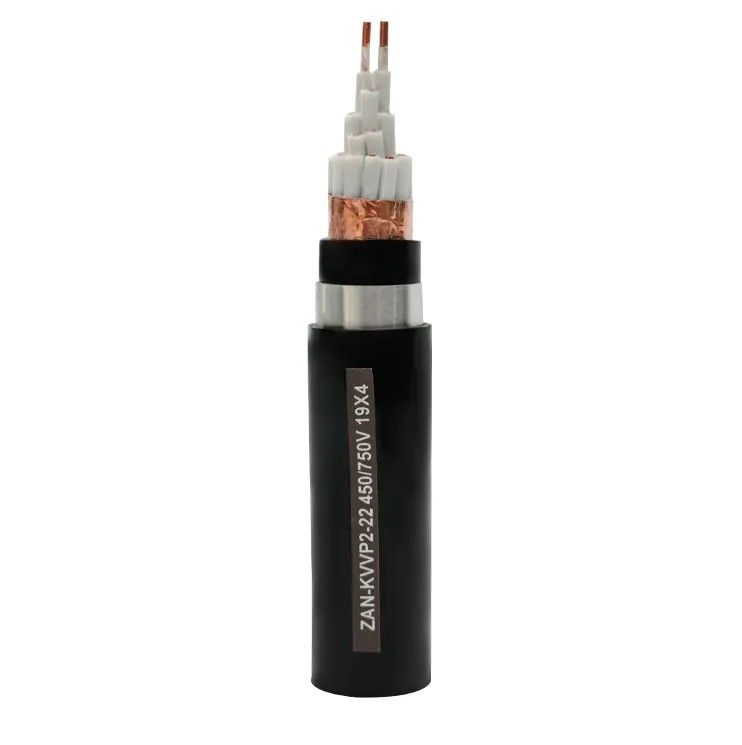
Future Trends for Multi-core Flexible Control Cable
With the rapid development of technology, Multi-core flexible control cable is also constantly innovating. In the future, these cables will further develop towards high performance and intelligence. For example:
Higher signal transmission rate: meets the needs of 5G communications and industrial Internet of Things.
Environmentally friendly materials applications: In response to calls for sustainability, manufacturers are using halogen-free and recyclable materials to produce cables.
Intelligent monitoring function: Real-time monitoring of cable status is achieved through integrated sensors, thereby improving system reliability.

 English
English 中文简体
中文简体 русский
русский عربى
عربى